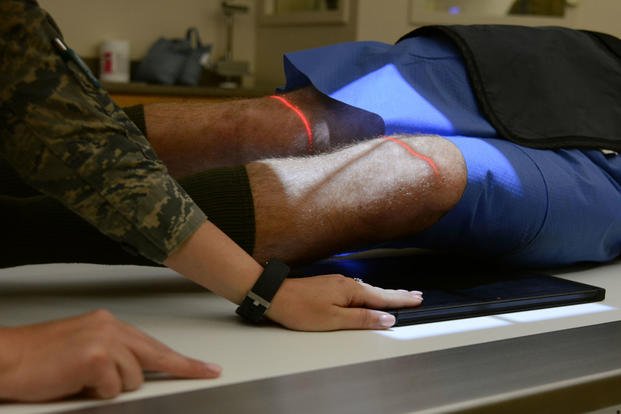Nagging injuries and small aches or pains can occur at any time.
Here is a great emailed question that prompted me to organize an answer that works as a "one-stop shop" for information and techniques to use to prevent injury and help recover from them quickly.
Note: This is by no means an excuse to avoid seeing a doctor when you feel you need professional help.
Stew, I am just starting to train for a future in Special Ops. I am finishing my athletic career this year in college (football) after a broken ankle. I still have two years to start preparing for my future after college, and I am leaning toward Navy (SEAL) or Army SF, but that is another question for down the road. Right now, I am more concerned with starting a new style of workouts, losing weight and running longer distances. What are some of the injuries I can avoid by making this transition? I ask you because I have read you had a similar journey. Thanks for your time and service. Kevin
Kevin,
Great question. Below are several links from previous articles that explain in greater detail all of the different ailments that can occur when a heavy body runs, changes from heavy lifts to high-rep calisthenics, rucks, swims -- and swim with fins (ankles !@#!).
Here are the top five recommendations on very common injuries:
Lower-Back Pain: Doing higher repetitions of lifts, calisthenics, fireman carries, bear crawls, sit-ups or flutter kicks can strain the lower back. It might just appear as a spasm at first, but lower back/lumbar strains can slow you down to the point that you cannot run, ruck, do sit-ups or even swim with fins.
Coming from a powerlifting/football background, you likely have a strong foundation, but if you reduce weight training to get better at the other spec-ops events, you still need to add in plank poses, stretches and even some TRX movements, such as Atomic Push-ups, Rollouts and Planks.
Knee Injuries: These are common with running, just as much and maybe more so than in football, but much less severe. ITB (iliotibial band) syndrome, PFS (patellofemoral syndrome, or runner's knee) and patella tendinitis are typical with running too much, too soon and too fast. Build up progressively. See the spec-ops running plan below for more exercises and tips to avoid pain.
Compartment Syndrome or Shin Splints: Many people, especially younger runners, get shin splints, which can become stress fractures or compartment syndrome. You will need time and professional help to recover fully. See additional links below.
Shoulder Injuries: Most injuries you will see will be lower-extremity injuries, but since the shoulder is the most versatile joint, pay attention to it. With the shoulder's versatility, there is vulnerability. This is especially true with high-repetition push-ups, dips, pull-ups, push presses, and other overhead or carry exercises.
Foot injuries: An injured ankle can stop your training if it is sprained, and especially if broken. One good thing about running in boots in your future, even with a chronic ankle sprain like me, is that they will help add stability on your ankle. Achilles' tendinitis and plantar fasciitis are also common when miles get high on uneven terrain (trails, fields, sand).
There is nothing quite as helpful as ice, anti-inflammatory medication (Motrin, for example) and rest for helping with recovery. However, get a Foam Roller and learn how to roll out painful muscles. I have found the foam roller extremely helpful in reducing pain enough to get back to running quicker.
Related articles:
- When to See a Doctor About Overuse Injuries
- Ask the MD: Becoming a Stronger Runner -- Avoid Injury
- How to Prevent Running Injuries
- Best Shoulder Prehab Workout
Stew Smith is a former Navy SEAL and fitness author certified as a Strength and Conditioning Specialist (CSCS) with the National Strength and Conditioning Association. Visit his Fitness eBook store if you're looking to start a workout program to create a healthy lifestyle. Send your fitness questions to stew@stewsmith.com.
Want to Learn More About Military Life?
Whether you're thinking of joining the military, looking for fitness and basic training tips, or keeping up with military life and benefits, Military.com has you covered. Subscribe to Military.com to have military news, updates and resources delivered directly to your inbox.


















